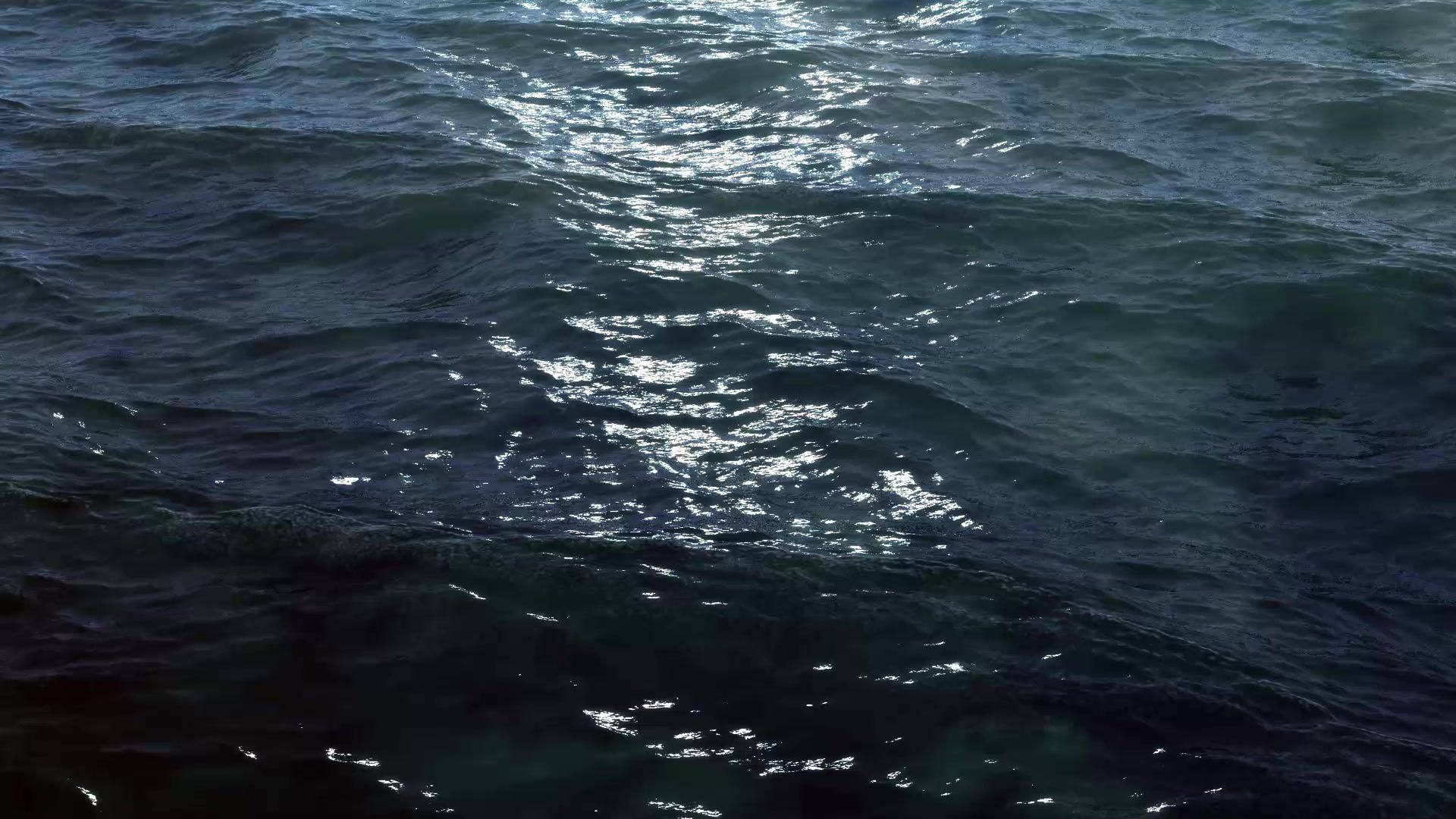Let's Talk LRF
- theofficesmut
- Aug 30, 2016
- 3 min read
Light Rock Fishing, most commonly referred to as LRF is a discipline of fishing using light tackle and lures to catch mini species around shores, harbours and rocky marks. It's purpose in the UK is targeting the mini species founds all along the British shores that you know are there rather than flinging a bait out blindly hoping the fish are, or will be there eventually. In effect, it puts all the fun you enjoyed as a nipper back into fishing and one of the best categories in many species hunts is the smallest species category which gives you an idea of what it's all about.
So let's talk about what kind of gear you'll need to get started.
Rods
LRF rods are very light compared to the average 12ft 6oz beach casters. An average LRF rod would be around the 7ft mark and approximately 7g maximum casting weight although heavier rods would be advised if you know that bigger fish could be around.
My first LRF rod was a HTO Rockfish UL which was 6'11" and 0.5-7g casting weight. The tip was very fine indeed and the first time I hooked into a small pollack I had such a smile on my face with the fight it gave.
Line
To go with a light rod, you want some light line too. There are a couple of choices to be made here. The majority of LRF anglers will use braid on their reel with a fluorocarbon leader. A good combo is 6lb braid to 4lb fluorocarbon. The braid keeps you in constant contact with the hook with it's minimal stretching and the fluorocarbon is nigh on invisible to the fish as well as being very good for it's abrasion resistance.
Hooks
There are a range of hooks that can be used but bear in mind that you're after small fish, which will have small mouths for the most part. My all rounder is a Sasame size 8 wormer. Its small and fine enough to catch micro pout and the tiniest of gobies, both of which have very small mouths. Of course, you can go much smaller, with the smallest hooks in my box being size 16 course hooks.
Weights
Depending on your setup you'll be wanting either jig heads with the weight and hook incorporated into one, or dropshot weights which come in all sorts of shapes depending on the kind of ground you're fishing over. Of course, the weights will be small to go with the rest of your light gear. I mostly use a 5g dropshot weight or a 2.5g jig head depending on my tactic.
Rigs
Here's where LRF becomes very simple. Tie a jig head directly to the end of your leader, slip on a lure and you're set. Alternatively, tie a hook 12-18" up the leader using a dropshot knot and clip a dropshot weight on the bottom and you're set up for drop shotting.
Jig heads are generally best when fishing over clear ground. You can really impart a lot of action into the lure without worrying about getting snagged and losing your tackle.
Drop shotting is best utilised when fishing over rocky ground where snags will be rife. With the weight just clipping on the idea is if you hook into a fish and the weight get snagged, the weight will slip off your line leaving you to reel in your catch. Although you can cast and retrieve using the drop shot method, over rocky ground you're begging for snags. The method here is to cast or drop into your spot, take up the slack and then bounce and jiggle the hook without lifting the weight.
Lures
Oh boy. Lures. I'll give you a sneak peak, but if you do get into LRF, you'll soon discover for yourself the multitude of different lures out there.
Small soft plastics, either scented or unscented, go with jig heads and drop shotting. Power Isome worms have to be the best lure when starting out. You barely even need to work them to get the fish interested. They come in various different sizes and colours and you don't even need to use a whole worm, just cut little pieces to go on your hook and when you're done, if they're still in pretty good shape, put them back in the packet or your water tight pot for next time. You've then got small paddle tails, grubs, crabs, sticks, ribbed and rattlers and more all designed to grab a predator's attention.
There's also a ton of metal lures out there imitating baitfish and trust me, get a mackerel or bass to swallow one and you're in for a hell of a scrap!
It's worth noting that I have focused on the sea fishing side of things but this discipline can also be applied in fresh water too.




















Comments